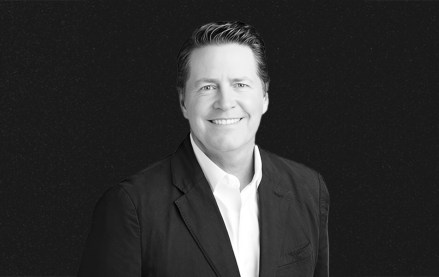‘Every brand needs to consider sound’: Pandora’s executive creative director Lauren Nagel
Digiday is at SXSW giving you the latest industry news out of the festival at Austin, Texas. More from the series →
Pandora is back at SXSW, but with a much more subdued presence than it had in years past — no dedicated event space, just meetings. Digiday spoke Lauren Nagel, vp, executive creative director, about the push for brands to create their own signature sounds and audio measurement. This conversation has been lightly edited for clarity.
Why are you at SXSW?
I always say Pandora has been at this party for a long time and finally people are coming to the party. The main panel that I’m on focuses on consumer behavior shifting to audio and how are brands getting to that space. Having this broad perspective on everything from mom and pop, local to the global campaigns that are translating potentially large video or TV commercials into an audio experience. I’m so endlessly fascinated on this creative shift to brands needing to understand their sound and feel.
Does every brand need its own sound or need to participate in audio?
Every brand needs to consider sound as a key part of its initial strategy. It’s the same way as everyone is looking across mediums and thinking about the expression of the brand, with the goal of meeting audiences where there are. When you start looking at the stats of people consuming audio, your audience is listening, and in that sense, it seems amiss to me to not be considering a sound in an audio strategy. That said, that’s the beginning of the conversation. That doesn’t go to every brand needs a jingle. The manifestation of a sound strategy could be a voice activation, jingle or just how does the expression of our brand exists in the space. Because people are less familiar with audio as a creative medium, you see the shortcut into a jingle.
What do you think about the state of maturity for measuring audio ads?
I think when you think about traditional formats of audio messaging, it’s radio, and it’s going out into an abyss of no metrics. Did someone hear it? Switch stations? Those are the metrics, and insights have traditionally been really poor. But Pandora operates differently. Not only do we know did [the ad] play; our entire insights lab is around measurement — who is hearing this, how are they responding? — to really drill down and demystify: Did someone skip, is someone hearing this or is it jarring? Some of that comes down to the way that audio advertising shows up on Pandora. Having one to two ads every four or five songs is very different than AMFM blocks. I think one of the challenges Pandora has had is helping people understand we’re not in that old school terrestrial radio space. There are ways to measure audio and the consumer behavior of audio.
More in Marketing

S4 Capital trades billable hours for outputs as AI redraws agency economics
Sir Martin Sorrell’s AI bet: fear billable hours, more output-based deals.

Ad Tech Briefing: Public companies’ first loyalty is to shareholders — why do advertisers give them an easy time?
Digiday Programmatic Marketing Summit attendees call foul, claiming IPOs encourage murkiness amid ad tech providers.

Ad veteran Peter Naylor joins Kochava board, and sees opportunity in market flux
Nearly a year after he left Netflix, ad industry veteran Peter Naylor is back as a board member at ad tech business Kochava.





